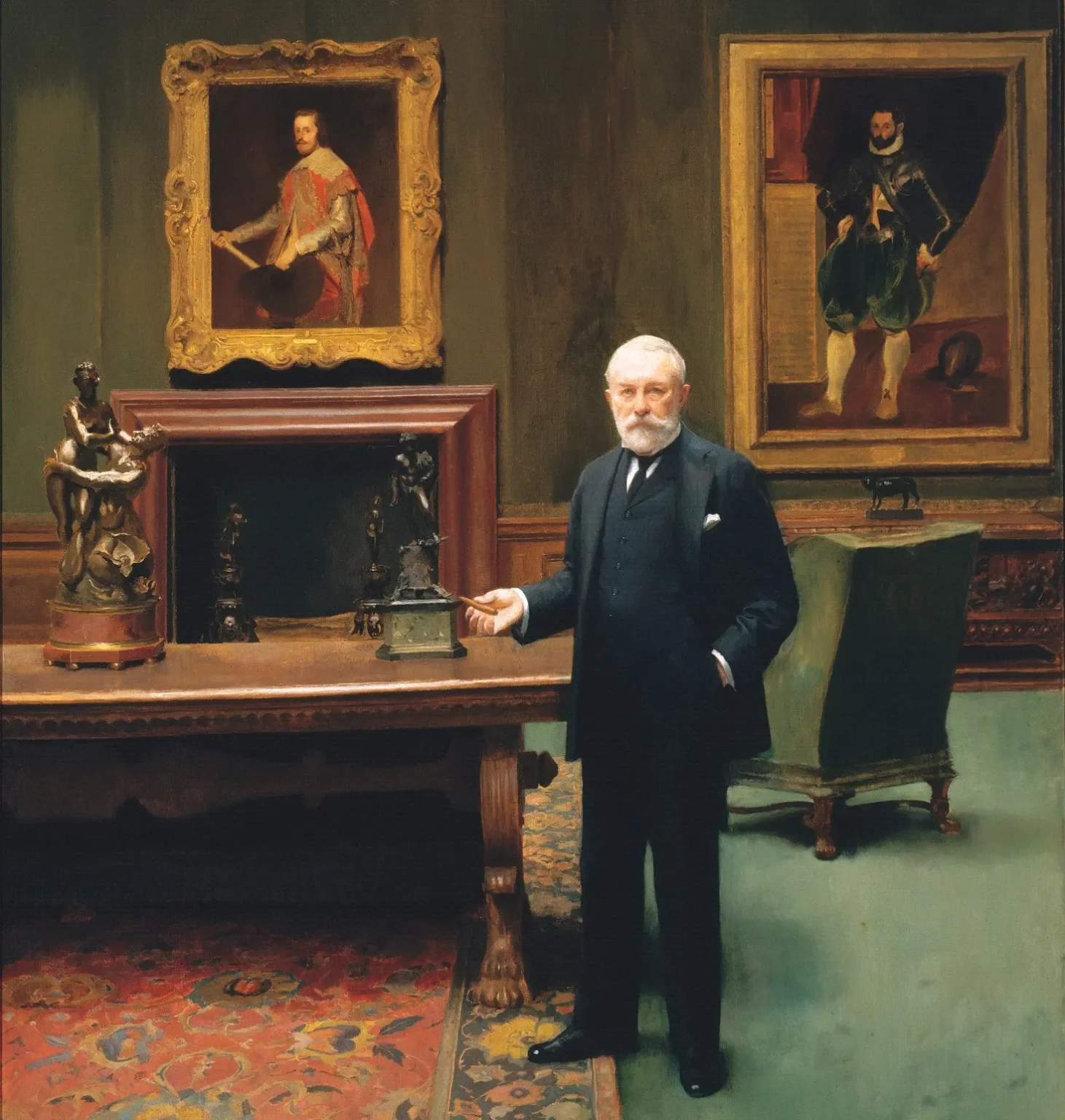This year marks the centennial of Robert Rauschenberg’s birth, a fitting moment to reflect on an artist whose vision not only changed the trajectory of postwar art, but continues to shape the ways artists work, think, and collaborate today.
As someone who has advised on major Post-War and contemporary collections—as well as artist-endowed foundations—I often return to Rauschenberg as a case study in both creative innovation and legacy stewardship. His work and example are not simply historical; they remain instructive for collectors, curators, and artists navigating today’s global art world.
Enduring Influence and Market Positioning
Rauschenberg’s influence is everywhere—in the embrace of hybrid forms, the collapse of hierarchies between “high” and “low” materials, and the conceptual openness that defines so much contemporary practice. From early Combines like Bed(1955) to later works with fabric, metal, or found objects, Rauschenberg challenged traditional boundaries of painting, sculpture, and photography.
The market has long reflected this, although it’s worth noting that Rauschenberg’s experimental works, especially from later periods, have not always been valued with the same consistency as his Combines. Centennial years often bring renewed institutional attention—and with it, shifts in market visibility. With the Five Friends exhibition and related programming, we may see a broader reevaluation of his lesser-known bodies of work, particularly those made abroad or in collaboration.
Lessons in Creative Community: The “Five Friends” Model
The current “Five Friends” exhibition—focused on Rauschenberg’s relationships with John Cage, Merce Cunningham, Jasper Johns, and Cy Twombly—offers a reminder that great art often emerges from community, not isolation. These were friendships that blurred the lines between influence, collaboration, and competition.
Collectors today can take inspiration from this model. I often encourage clients to look beyond single-artist acquisitions and consider how artistic communities shape the meaning and trajectory of a work. This could mean collecting a group of artists from a shared movement or time period, or paying attention to who an artist was in dialogue with—whether through teaching, collaboration, or shared geography.
Collecting Across Experimental Periods
Rauschenberg’s output defies easy categorization. His willingness to shift materials—from combines and silkscreens to cardboard, fabric, and reflective metal—means that no single period defines his oeuvre. This creates a challenge and an opportunity for collectors.
Advising clients through these varied periods requires both historical knowledge and market insight. Provenance, condition, and exhibition history play a major role in evaluating experimental works. But I also stress the importance of understanding intent. Rauschenberg wasn’t working with new materials to shock; he was chasing ideas—and often anticipated the concerns of today’s artists: sustainability, cultural hybridity, political engagement.
Global Vision Ahead of Its Time
Through the Rauschenberg Overseas Culture Interchange (ROCI), the artist traveled to politically complex and culturally rich locations—including China, Chile, Cuba, and the USSR—to share work and collaborate with local artists. His belief in cultural diplomacy through art now seems prophetic in an age of globalized collecting and biennial culture.
In advising clients on emerging markets or international artists, I often point to Rauschenberg’s ethos: cultural exchange rooted in mutual respect, not exoticism. His model reminds us that the best collectors are often curious travelers, deeply interested in where ideas come from and how they evolve.
Stewardship and Legacy Planning
Having worked with the Rauschenberg Foundation and other major artist estates, I’ve seen firsthand how long-term vision and organizational rigor can sustain an artist’s presence well beyond their lifetime. The Rauschenberg Foundation has combined scholarship, market stewardship, and grantmaking in a way that continues to support both the artist’s work and broader artistic communities.
This is not only a model for artists but for collectors and philanthropists as well. Whether you are planning to donate works, establish a collection trust, or support the legacy of an artist you love, it pays to study how estates like Rauschenberg’s balance visibility with integrity.
How to Engage During the Centennial Year
For those who want to go beyond the headlines in 2025, I recommend:
Seeing the “Five Friends” exhibition (or its digital counterpart) to appreciate the rich creative crosscurrents that defined Rauschenberg’s early years.
Looking closely at underappreciated periods of his practice—particularly his international works and later innovations in materiality.
Reading Calvin Tomkins’ essays on Rauschenberg, or revisiting Robert Rauschenberg: A Retrospective (MoMA, 1997).
And, for collectors, taking this opportunity to review what’s in the market—not only to acquire, but to consider how your collection can reflect a broader story about artistic innovation and influence.
https://www.rauschenbergfoundation.org/news/centennial
































































